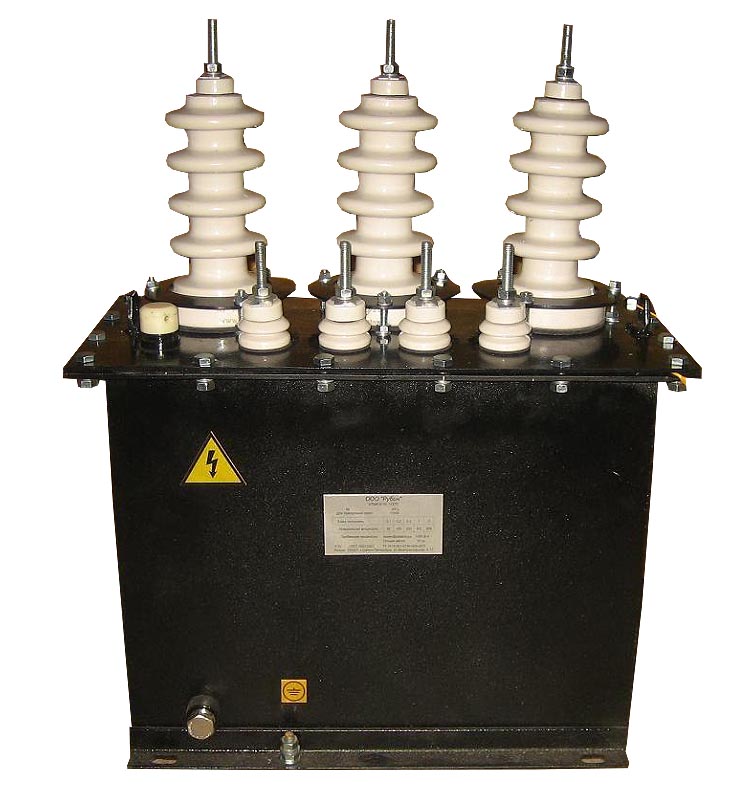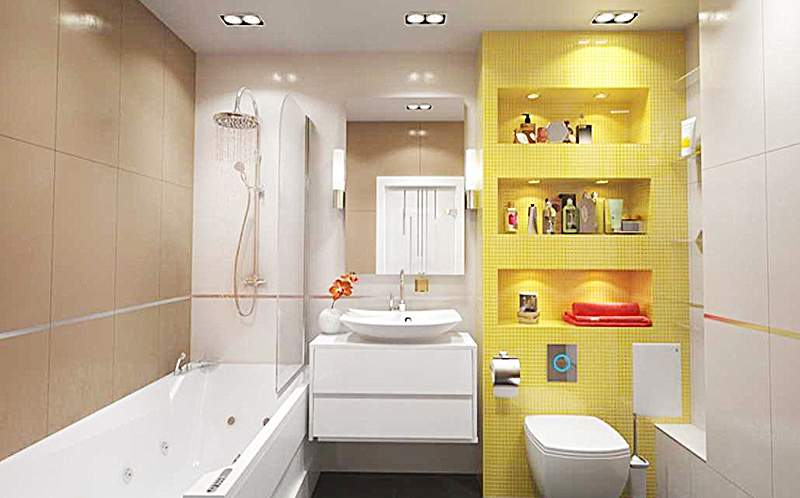Power outlets with a capacity of 380V are actively used in industry and construction. The design can withstand both mechanical and electrical stresses. Convenient mounts prevent short circuits and equipment failure. Unique features, easy connection and safe operation are the main advantages of this product. The main thing is to correctly connect the 380 volt power outlet.
Features of the 380V socket

Power cable connectors are designed for harsh specifications. The industrial plug and reinforced 380v socket are protected by a rugged housing that can withstand minor shocks. Ease of connection, strong plastic and high flow capacity allow the connection structure to be used outdoors, in industrial workshops or during construction work. Increased safety requirements are imposed on the product.
The contacts have a large contact area, which reduces the load and excludes possible overheating. Each strain relief is secured with a screw connection that holds the wire in place. The copper construction is corrosion resistant and also resistant to oxide film growth.
The clamp holds the cable securely, preventing breakage. Special grooves provide a firm connection and eliminate backlash. The contacts have different diameters and are located at their own angle. The connection provides protection against unbalanced connection, which prevents short circuits.
With high voltages, the risk of arcing increases. Each 380 socket has mechanical or automatic protection. The device is capable of stopping the power supply before being removed. The solution reduces the risk of equipment breakdown or skin burns.
Plastic is resistant to overheating, non-flammable and able to withstand direct sunlight. Protection against dust and moisture is provided, which will preserve the quality of the parts and make the work safe.
The 380 volt electrical outlet is manufactured in accordance with the IP 44 or IP67 standard.
Types of sockets
Power connections differ in shape, mounting method and number of contacts. The socket can have 3 to 5 connections. To understand the difference, it is important to study the principle of operation. In the CIS countries, a three-phase network with a voltage of 380V is used. A standard apartment uses 220V. This indicator can be obtained by connecting one of the three phases with a neutral wire. To connect a 380 volt industrial outlet, it is enough to combine two phases and a neutral wire. A similar connection principle has a conventional electric stove.
There are several standards for power connectors:
- 2P + PE - two phases and one grounded contact are used;
- 3P + PE - 3 power cables and one grounded;
- 3P + PE + N - 3 phases, one ground and zero;
- 3P + N - three power contacts and one zero.
Patch connections differ not only in the number of contacts, but also in the structure of the case. There are cable structures for connecting portable devices. Flanged switches are manufactured with a mount that can be built straight into the wall or at an angle. The last type is overhead sockets. Some housings are equipped with an additional protective cap.
Marking
In addition to voltage, the maximum permissible current is indicated on the case. An industrial outlet 380V is capable of withstanding 16A, which is acceptable for a regular network. For more powerful connections, 32, 63 and 125 ampere connections are used. To avoid overheating and fire, it is important to check the current of the power supply in advance.
Also, the marking can indicate the degree of protection. IP44 indicates that the socket insulates electrically conductive pads from splashing water and dust particles. Often, such housings are equipped with overhead protection.
IP64 marking assumes a fully sealed enclosure. Maximum protection allows connections indoors or outdoors with high humidity.
Connection methods

High voltage is life-threatening, so you should not neglect the safety and connection rules.
The basis of any connection is a cable. It is important to select the correct cross-section that is suitable in size and capable of withstanding the potential load. According to GOST, for a socket with a voltage of 380V and a current of 16 A, a wire with a cross section of 1.5 to 4 mm is sufficient. The plug cable must be at least 1.5 mm and no more than 2.5 mm. The thickness of the earthed wire must be 6 mm.
When assembling switching elements, it is important to use the rule: supply cable - socket, receiving cable - plug. When stripping the wire, the wire must not be broken off or entangled. The more uniform the contact portion of the cable, the better the transmission and less overheating.
Four-wire networks
Wiring begins with disassembling the case. Commutateornaya socket on the 380 volt It has 4 pins, three of which are phase. Near the contacts, you need to find the designations L1 L2 L3 and connect three phase wires to them in any order. Next, you need to find the neutral wire and clamp it on the terminal, signed with the letter N.
Five-wire networks
Connecting a three-phase socket
Connection can take place both with the use of an RCD, and without. It all depends on the presence of a protective earth cable. The connection is symmetrical, so the order of connecting the power cables is arbitrary. At the end of the installation work, check the correctness of the connection and correct the errors.
Checking outlets
- Visual inspection for possible physical defects in the housing.
- In the presence of a megohmmeter, the strength of the insulating coating is checked. During diagnostics, the 380 volt socket must be de-energized.
- A short circuit is triggered by the device to check if the connection is correct.
- Measurement of line and phase voltage at idle.
During the test, the operating voltage between the phases should be no more than 380V and 220V on one core. Finally, check the correctness and quality of the connection again. A poorly tightened contact will overheat and fail, damaging the case.
If the circuit is opened, an arc can occur which creates a danger to life and a risk of breakage. To avoid this phenomenon, always disconnect the power supply before dismantling. In more expensive versions there is a machine gun.
During operation, the wires heat up and expand. As a result, the screw connections are loosened, resulting in poor contact. Every year it is necessary to carry out a broach of all wires.















